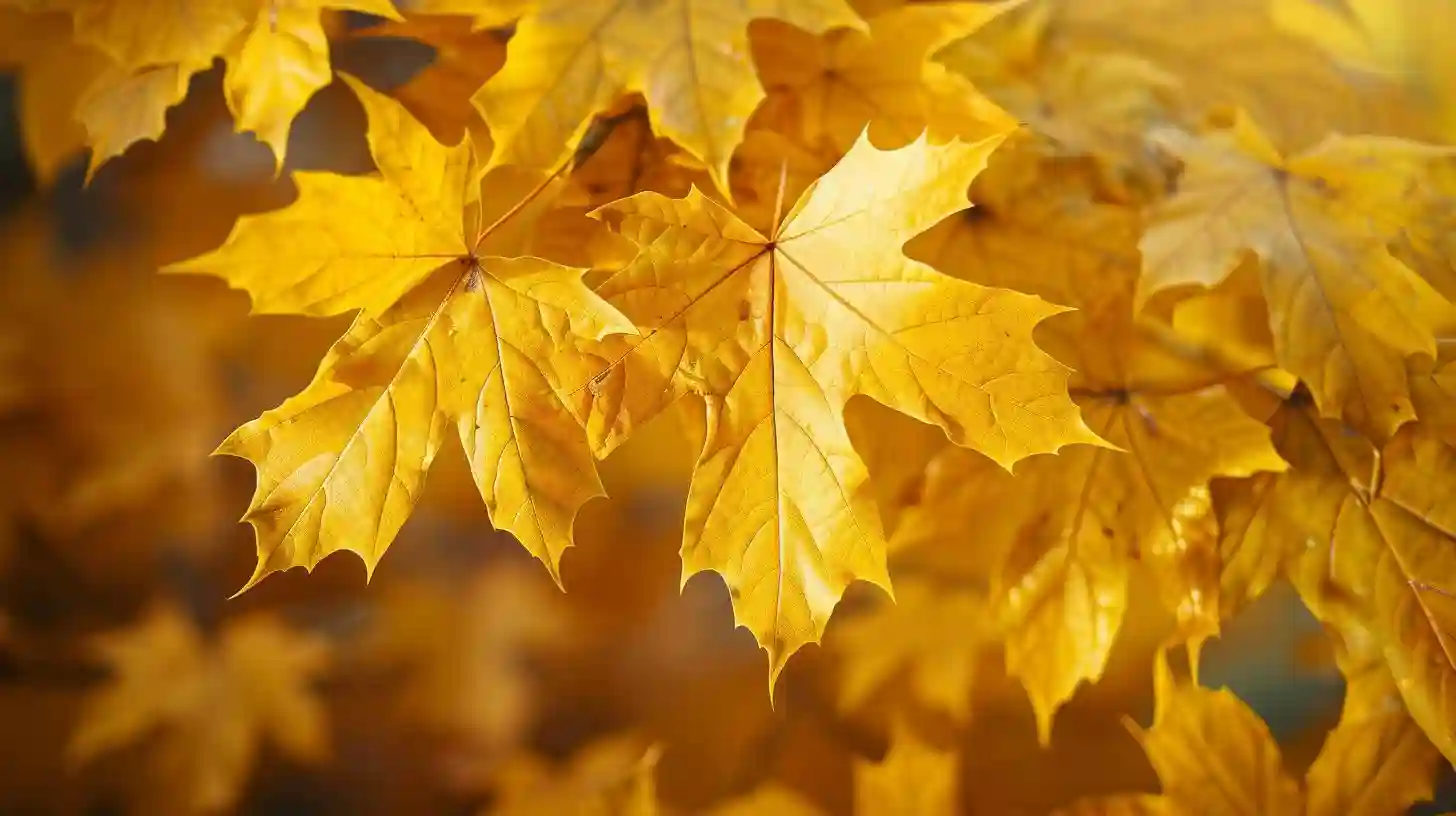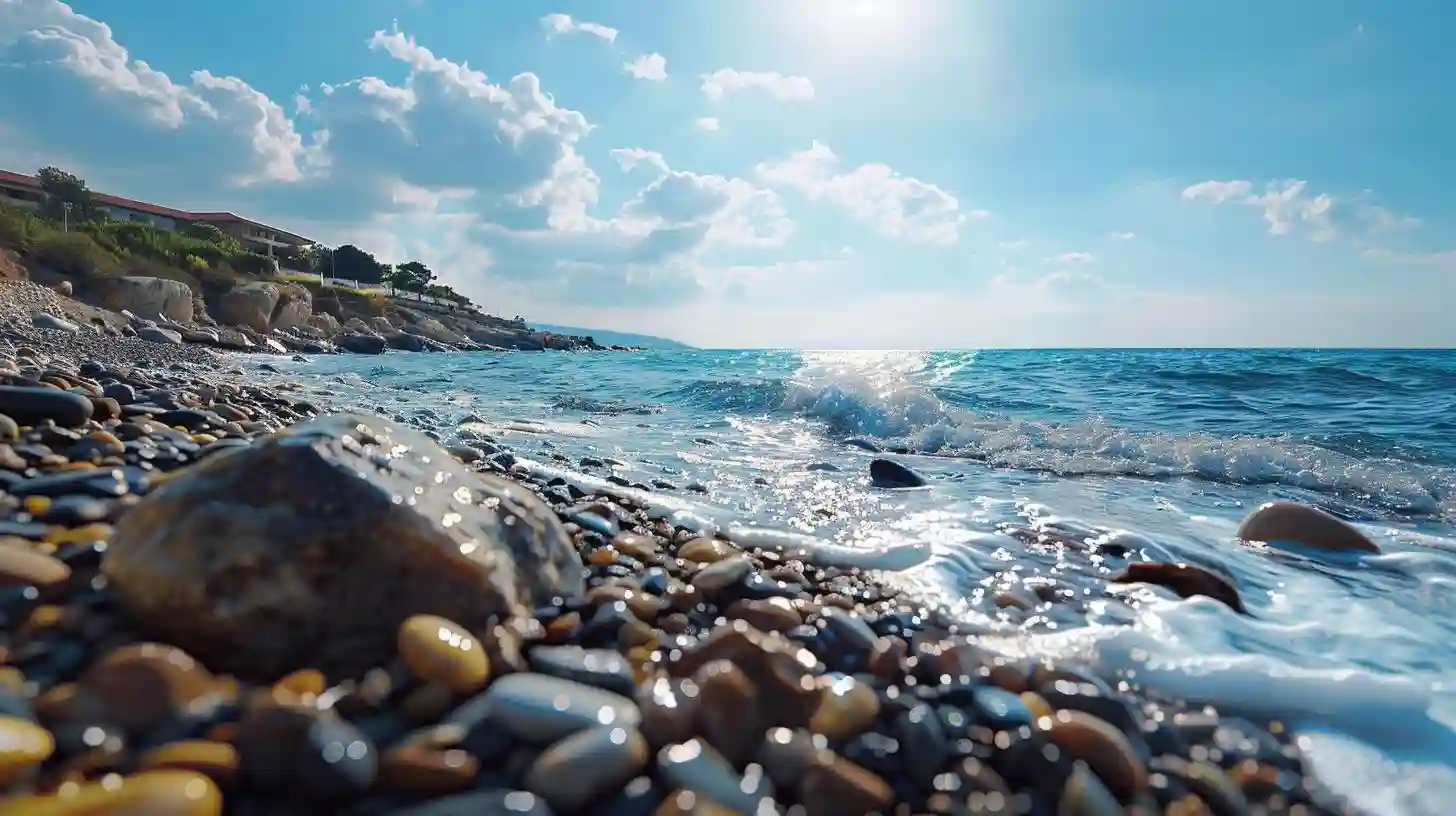
**Knitting Your First Scarf: A Beginner's Guide** Knitting is a timeless craft that offers both a creative outlet and a practical skill. One of the best projects for beginners is knitting a scarf, which requires only a basic understanding of techniques and materials. With practice and patience, anyone can create a beautiful scarf to wear or gift. **Getting Started: Materials Needed** To embark on your knitting journey, you'll need a few essential items: yarn, knitting needles, and scissors. For beginners, a medium-weight yarn is a great choice; it provides good structure without being complicated. Opting for a light color can also make it easier to see your stitches clearly as you knit. Knitting needles come in various sizes and materials, including bamboo, metal, and plastic. Medium-sized needles, typically around size eight or nine, are ideal for beginners since they are easy to handle. Straight needles are recommended for learning basic stitches. **Casting On Stitches** The next step is learning how to cast on stitches, which starts your project by creating the first row of stitches. The long-tail cast-on method is common and beginner-friendly. Measure the desired length of yarn for your stitches, create a slip knot, and slide it onto your needle. Using the tail and working yarn, continue forming stitches until you achieve your desired width. **Mastering Basic Stitches** The fundamental stitches you’ll need are the knit stitch and the purl stitch. - **Knit Stitch**: Insert your needle into the front of the stitch, wrap the yarn around it, and pull it through to the back. - **Purl Stitch**: Insert the needle into the back of the stitch, wrap the yarn, and pull it to the front. Alternating knit and purl stitches creates various patterns. A simple k1, p1 rib pattern—knitting one stitch and purling the next—is a good starting point. **Knitting Your Scarf** To create a standard-size scarf, aim for a width of six to twelve inches and a length of at least sixty inches. It’s important to maintain consistent tension while knitting. Stitches that are too tight can be difficult to manipulate, while loose stitches may look sloppy. One of the best parts of knitting is the ability to customize your work. As you gain confidence, you might try different textures and patterns, such as a garter stitch (knitting every row) or simple stripes by alternating yarn colors. More advanced techniques like cables or lace patterns can be explored as your skills improve. **Binding Off and Finishing Touches** As you near the end of your scarf, you’ll need to learn how to bind off stitches. This secures your work and prevents unraveling. To bind off, knit two stitches, lift the first stitch over the second, and repeat until you reach the end. Leave a yarn tail, cut the yarn, and pull the tail through the last stitch to secure it. Finishing touches, like weaving in loose ends with a tapestry needle, create a polished look. You may also choose to add fringe by cutting lengths of yarn and attaching them to the ends of your scarf. Wearing your new scarf or gifting it to someone creates not only a beautiful accessory but also a sense of accomplishment. As you progress, you’ll find inspiration to tackle more complex projects. Whether for pleasure or practicality, each stitch brings you closer to the fulfilling world of handcrafting. Embrace the process, enjoy the rhythm of the needles, and let creativity guide your next steps.
**Unlock Your Creativity: Knitting a Beautiful Scarf for Beginners** Discover the joy of knitting by creating a stylish scarf. Start with basic materials: yarn and needles. Learn simple stitches to craft a cozy accessory. Follow tutorials for guidance, and soon you’ll have a beautiful scarf that showcases your creativity and keeps you warm! Happy knitting!




















